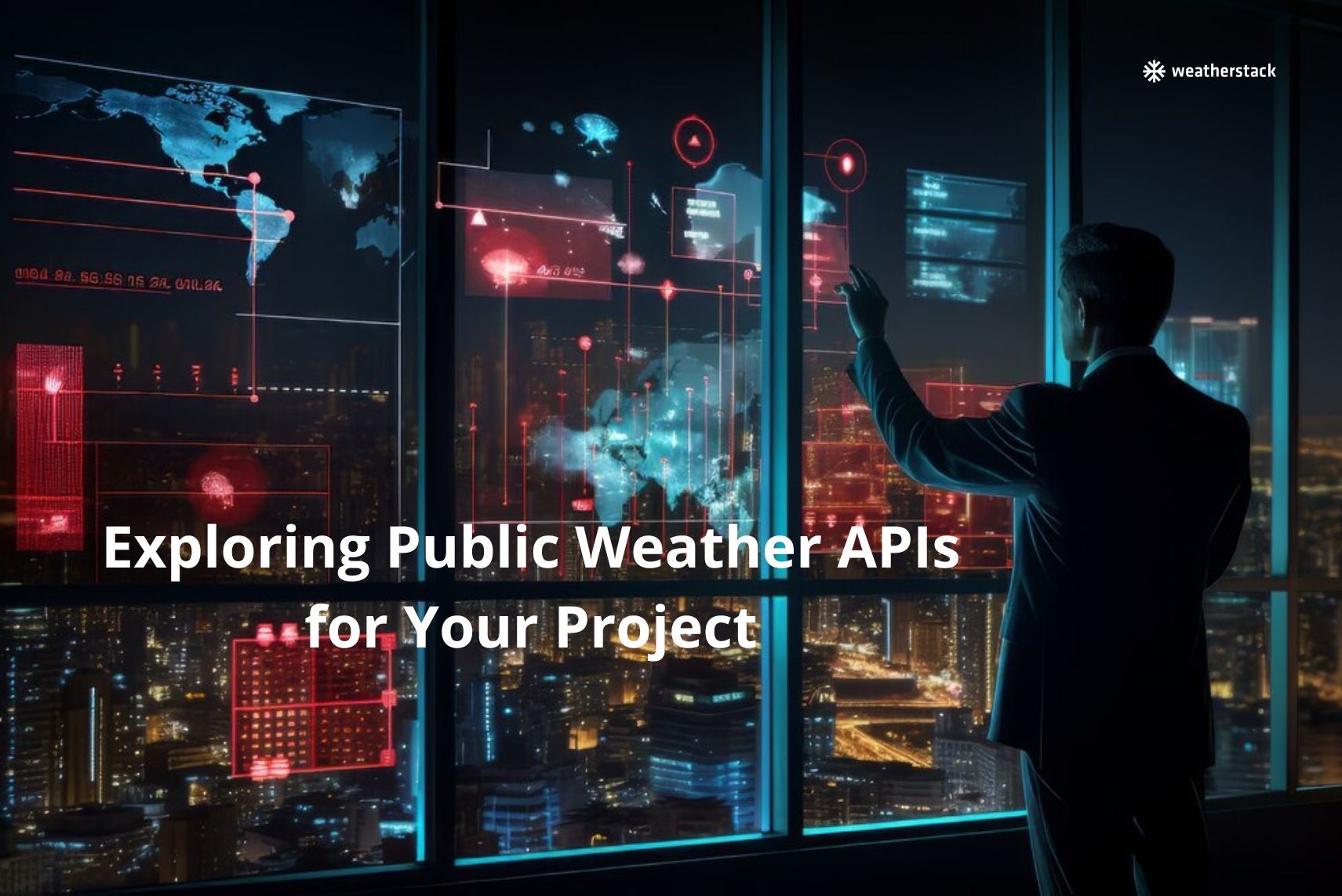Are you looking to add dynamic weather information to your website or app? Public weather API offers a convenient way to access up-to-date weather data for various locations. In this article, we will explore the world of public weather APIs, how they work, and how you can integrate them into your project.
Table of Contents
What is Public Weather API?
Public Weather APIs, or Application Programming Interfaces, are services that provide access to weather data from meteorological sources. These APIs allow developers to retrieve weather information such as temperature, humidity, wind speed, and more for specific locations.
How Do Public Weather API Work?
Public Weather API works by sending a request to a weather data provider’s server, which then returns the requested weather information in a format that can be easily integrated into the developer’s application or website. This information is often provided in JSON or XML format.
Benefits of Using Public Weather API
Using Public Weather API offers several benefits:
- Accurate Weather Data: Public Weather API provides access to reliable and up-to-date weather information sourced from meteorological organizations.
- Easy Integration: These APIs are designed to be easy to integrate into various applications and platforms, making it simple for developers to add weather functionality.
- Cost-Effective: Many Public Weather APIs offer free or low-cost access to weather data, making them an affordable option for developers.
- Customization: Developers can customize the weather data they retrieve to suit their specific needs, such as displaying only certain weather parameters or for specific locations.
Popular Public Weather API
There are several popular Public Weather APIs available, including:
- Weatherstack API: Provides access to current weather data for any location.
- OpenWeatherMap API: Provides current weather data, forecasts, and historical weather data for various locations.
- Weather API: Offers real-time weather data, forecasts, and historical weather data.
- AccuWeather API: Offers current conditions, forecasts, and severe weather alerts.
How to Choose the Right Public Weather API
When choosing a Public Weather API for your project, consider the following factors:
- Data Accuracy: Ensure the API provides accurate and reliable weather data.
- Data Coverage: Check if the API covers the locations where you need weather data.
- API Documentation: Look for well-documented APIs that are easy to integrate.
- Cost: Consider the cost of the API, especially if you have budget constraints.
- Support: Choose an API that offers good customer support in case you encounter any issues.
Integrating Public Weather API into Your Project
Integrating a Public Weather API into your project is relatively straightforward. Most APIs provide documentation and code samples to help you get started. Typically, you’ll need to sign up for an API key, which you’ll use to authenticate your requests to the API server.
Common Challenges with Public Weather API
While Public Weather API offers many benefits, there are some common challenges to be aware of:
- Rate Limits: Some APIs impose rate limits on the number of requests you can make, which can affect the performance of your application.
- Data Accuracy: While most APIs strive to provide accurate weather data, there may be occasional discrepancies.
- API Changes: API can change over time, so it’s important to stay updated with any changes that may affect your integration.
Best Practices for Using Public Weather API
To make the most of Public Weather API, consider the following best practices:
- Use Caching: Cache weather data to reduce the number of requests to the API server and improve performance.
- Handle Errors Gracefully: Implement error handling to deal with any issues that may arise when retrieving weather data.
- Stay Updated: Keep abreast of any changes to the API, such as updates or deprecations.
Examples of Projects Using Public Weather API
Public Weather API is used in various projects, including:
- Weather apps
- Travel websites
- Outdoor event planners
- Agriculture and farming tools
Conclusion
Public Weather API offers a convenient way to access accurate and up-to-date weather data for your project. By understanding how these APIs work and following best practices, you can integrate weather functionality into your application or website seamlessly.
FAQs
Q: Can I use Public Weather API for commercial projects?
A: Yes, most Public Weather APIs offer commercial plans for businesses and developers.
Q: Are Public Weather APIs free to use?
A: Some Public Weather APIs offer free access with limited features, while others require a paid subscription for full access.
Q: How often is weather data updated in Public Weather API?
A: Weather data is typically updated at regular intervals, ranging from every few minutes to hourly, depending on the API provider.
Q: Can I retrieve historical weather data using Public Weather API?
A: Yes, many Public Weather APIs offer access to historical weather data for analysis and research purposes.
Q: Are there any legal restrictions on using Public Weather API?
A: It’s essential to review the terms of service for each API to ensure compliance with any legal restrictions or requirements.

